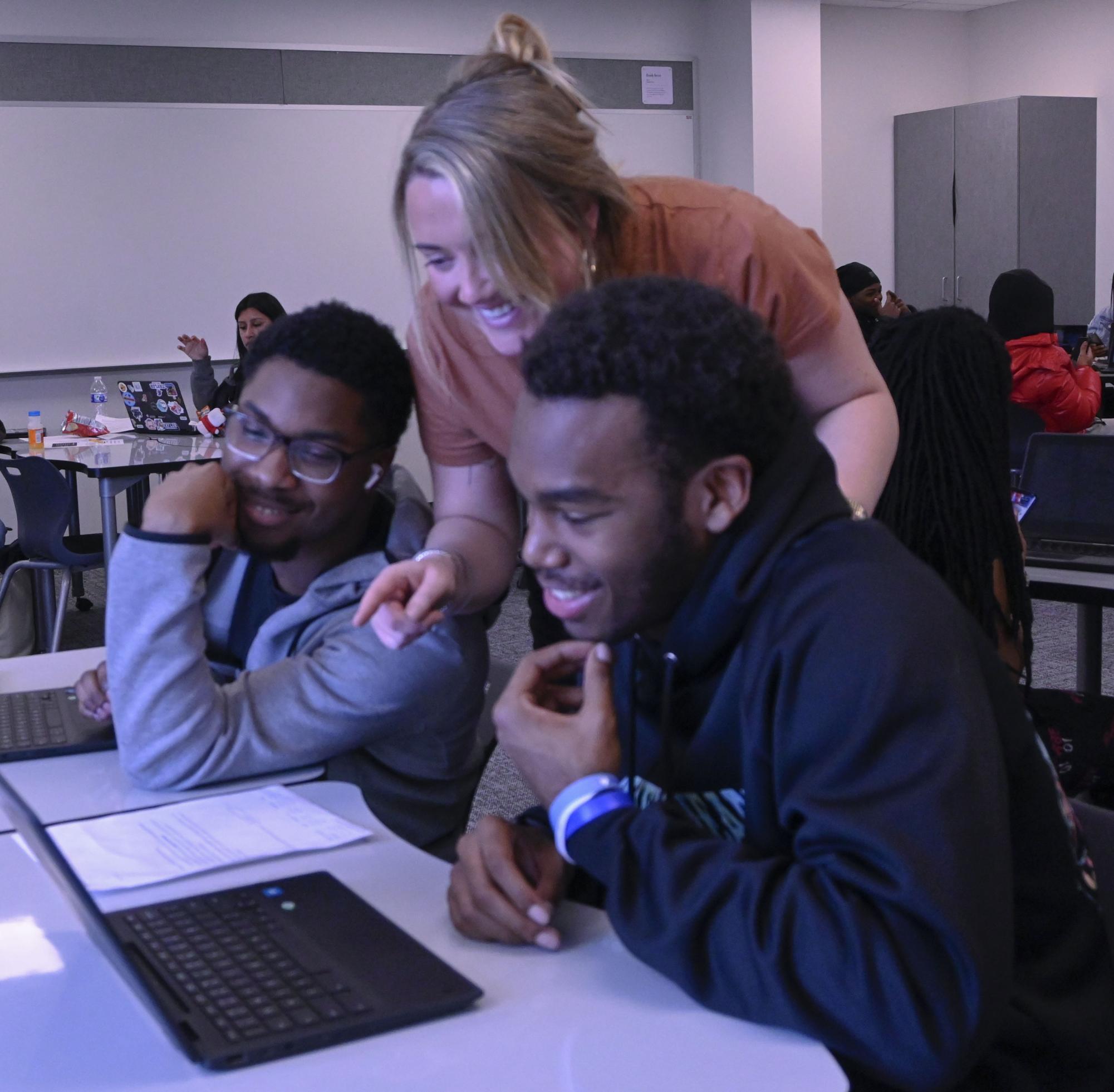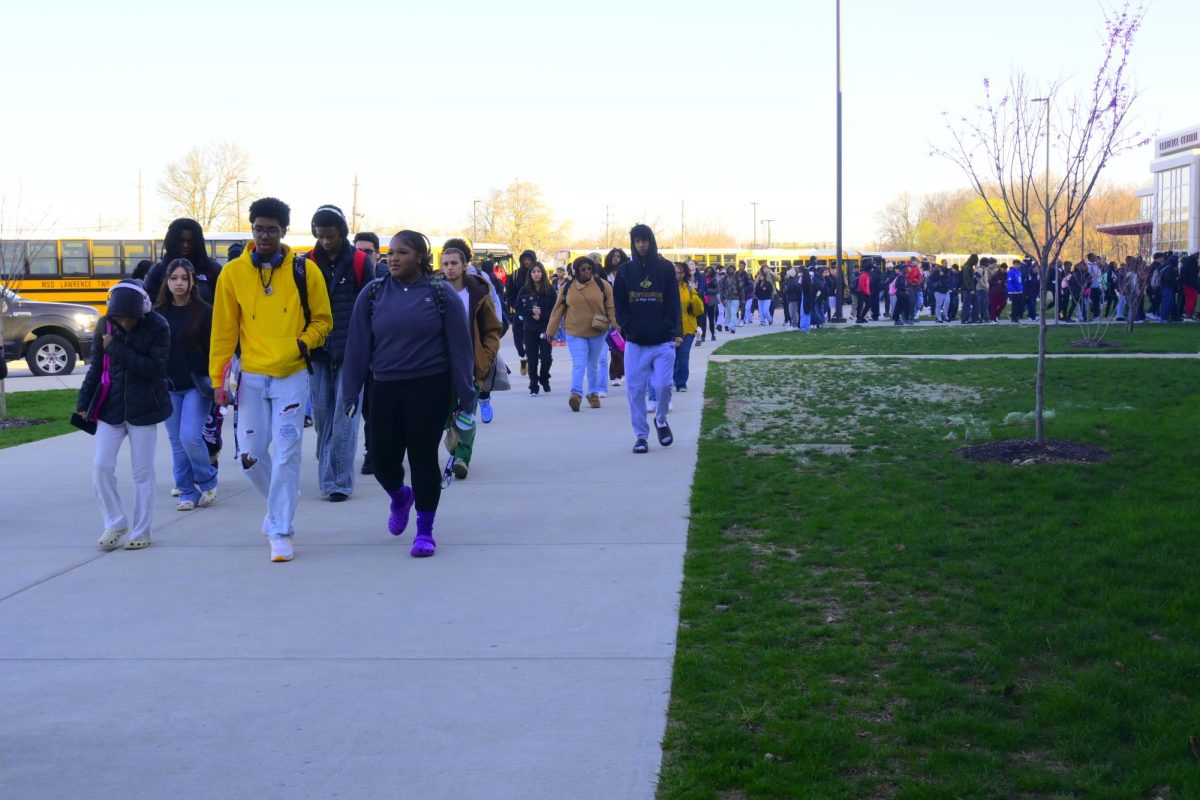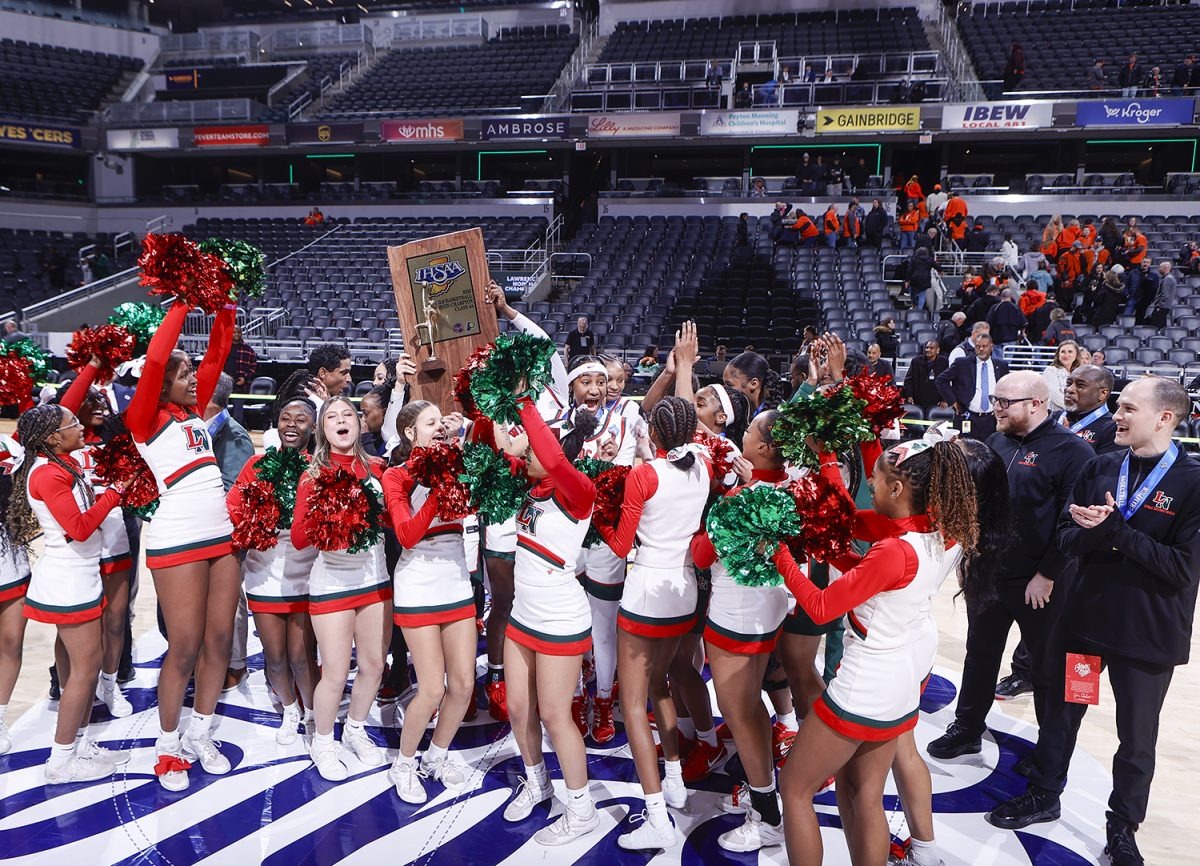Artificial intelligence, also known as AI, is already a hot topic around the world, but itś mostly popular in schools due to the over usage of it. To understand both sides of AI, we should step into the shoes of teachers and students of various subjects. AI can help with many classroom related items, especially helping students and teachers with research and teaching plans. This affects students and teachers at different levels. Students for example rely on it for homework and classwork. While the teachers do not know what their students are missing from their teaching lessons due to the students submitting an AI answer. Due to the usage of AI in English, history, and even math courses, educators have started using “AI checkers” and changing the way in which they teach in order for them to know who is cheating by using apps such as Mathway and Photomath.
Stevie Barr, a 10th grade Lawrence Central English teacher, states “AI can be helpful because it can give students guidance and layout for planning, but it can hinder student learning and thought process development. AI stops students from naturally creating their own writing styles and unfortunately they can use it as a form of cheating which does not allow them to understand how to fully research topics or fail forward.”
 Students who use artificial intelligence use it for various reasons, both good and bad.
Students who use artificial intelligence use it for various reasons, both good and bad.
Pros include situations such as summaries for a class such as history, guidance in an essay through format, or help in math through showing steps while the cons consist of plagiarism and submitting work that is not the students. A Lawrence Central student states that “the way I use AI in math is to check my answers and evaluate my answers properly. If I were to use Photomath for example, I would take a photo, but not only get my answer, but I would also go through the steps of the Photomath to understand the problem.”
Several students that were interviewed have stated that they use photomath as a form to help them get answers or as a way to explain the problem to them. Another student states,“Photo math is very useful because sometimes I’m not paying attention or the teacher is going so fast that I can’t keep up. Photomath gives you step by step on how the solution is found. I learn visually.”
AI in art has been a huge media takeover. A user can essentially name what they want to generate and there it is. Instagram has a “Generate AI sticker” where you can send to a person as you text them. While exploring an “AI creator” website, I’ve found that figuring the website out is simple, you type what you want to see and prefer not to see in the generation process, for example, if you type “penguin eating ramen”, you can choose between various styles such as anime, realistic, and artistic as the main popular options, but the art style continues to vary with many options.

There have been many questions and discussions whether generated art is considered real art or plagiarized art. https://builtin.com/ states that these artificial generators have been ‘fed’ millions upon millions of images.
“For image-gen, researchers feed machines millions upon millions of images. They annotate the data sets, so the machine has a text reference, and the device is tweaked and calibrated until it can recognize the photos. Thus, it begins to parse pineapples from sandwiches and can start to make its own.”





